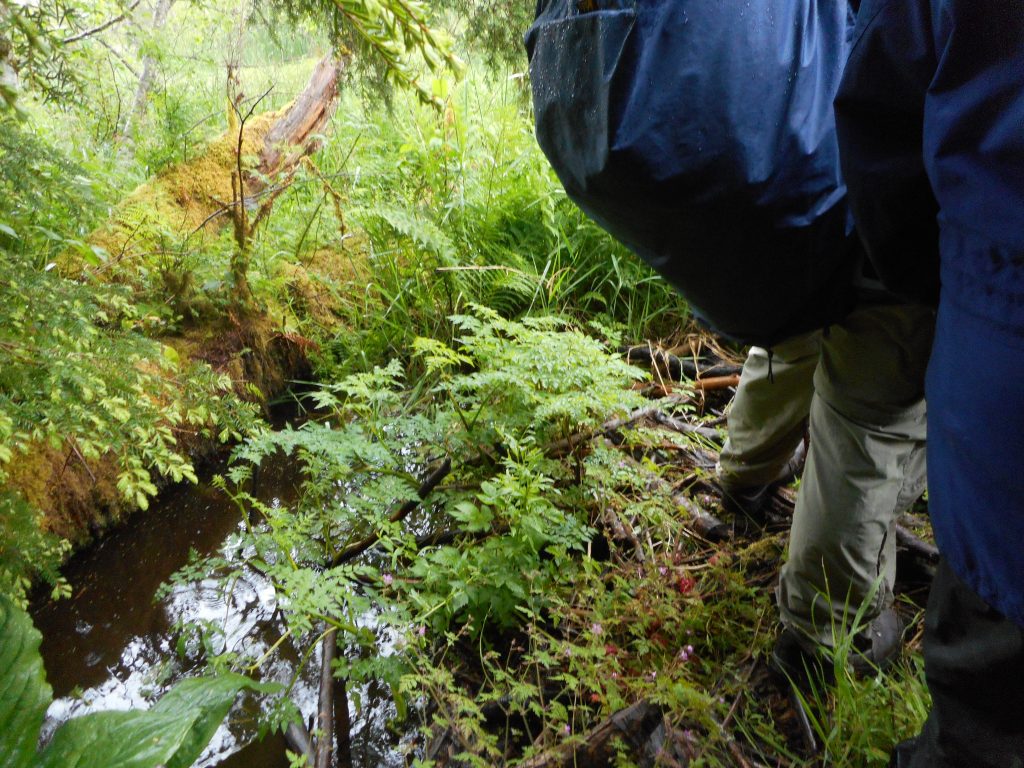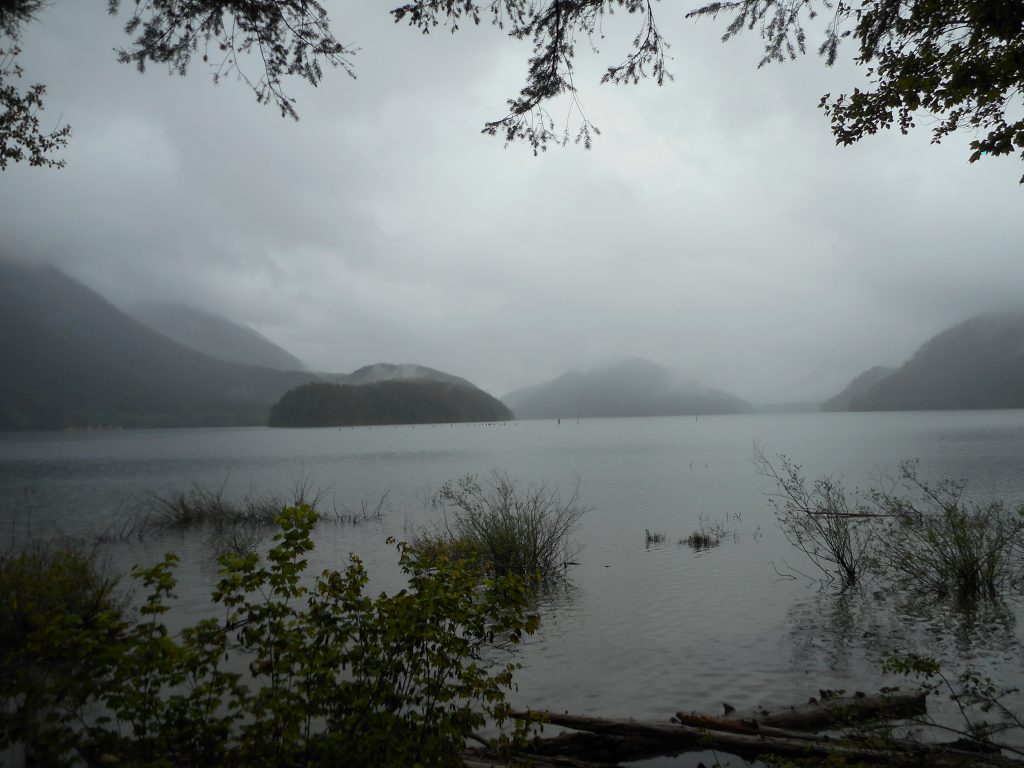
I participated in another Cedar River Watershed Education Center (CRWEC) program today, the wetlands program. Just like the one I did last September, Adventures in Forest Ecology, this program was awesome.
We checked in at the center at 8:45 am, got a quick orientation from our leader, Clay Antieau (Google him for a bio, he is a major expert on grasses and wetlands and native plants and…) and then we set out into the otherwise inaccessible watershed.
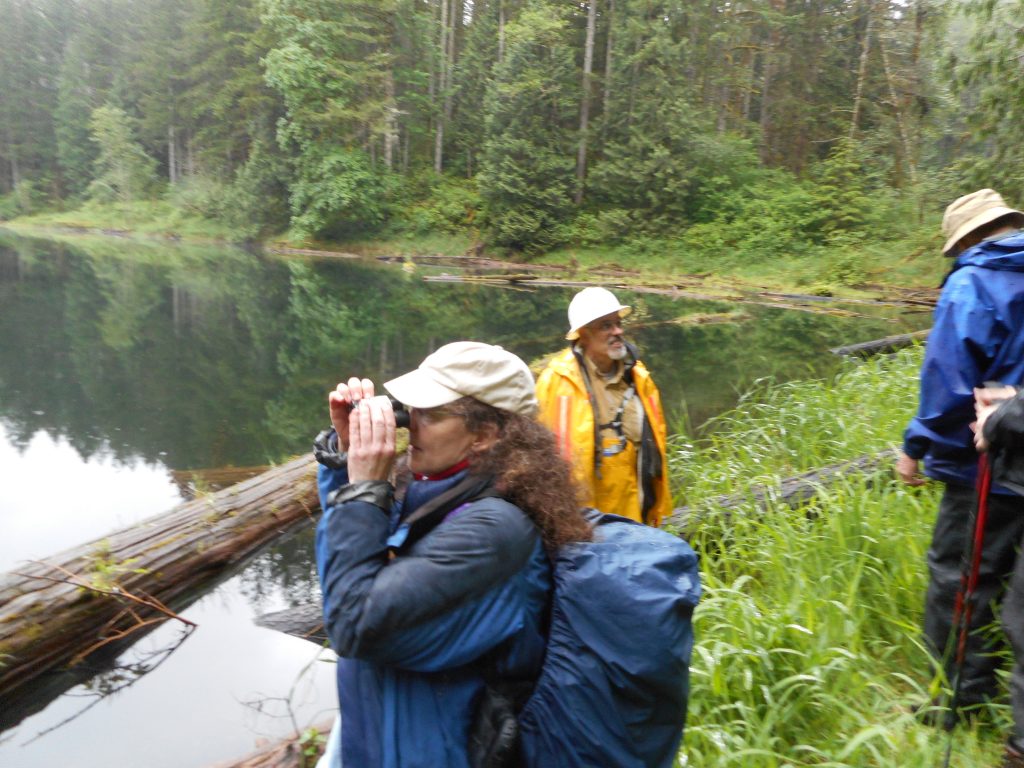
This is definitely a program I would recommend to anyone with any interest in the outdoors – well, I would recommend the stops along the way. However, I must admit that we did a reasonable amount of bushwhacking up and down somewhat steep hills, over an old tree that acted as a bridge over a bog moat, and through the woods.
This was no problem for any of us. It was obvious from the group we had that everyone was a hiker and that some bushwhacking would be plain old fun. But those who are not used to this kind of thing might have an issue. Forewarned.
We took two vans into the watershed backwoods, over the surprisingly well-maintained roads back there, with four stops.
First, we visited a fen. Clay explained the difference between fens and bogs and perhaps next year, when I take this program again, it will sink in. I believe the difference had to do with water exchange but no matter. Fens and bogs are both wonderful places to visit.
And later, we visited a bog:
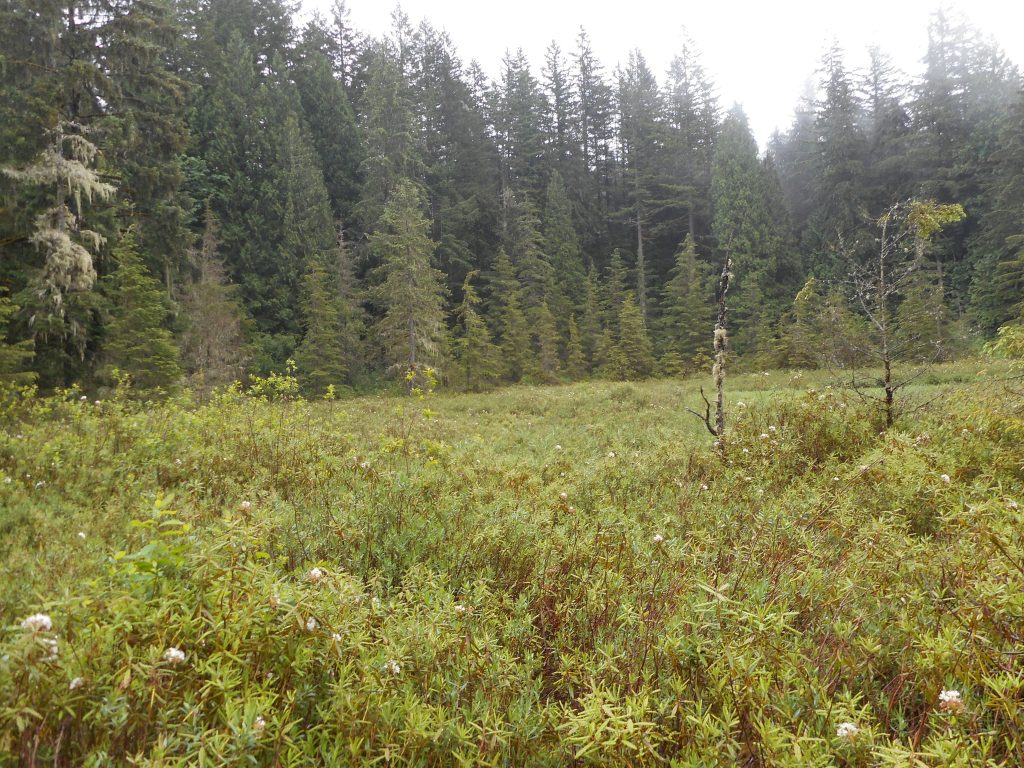
Photos do not reveal how springy the ground is – you can really jump up and down on this turf that has not been disturbed since it was created via glaciation seventeen thousand years ago. Photos also cannot convey the wonderful smells of bogs and fens. Were there any template in my experience I could say they smell kind of like…. but there is no such template. They are unique. Truly, if you could bottle that smell and release it via (say) incense you would make a killing.
We also visited one of the six kettle lakes in the watershed – they are called, collectively, Fourteen Lakes because they are in section 14. Go figure. These are also created via glaciation.
When glaciers recede they leave enormous chunks of ice in place. Eventually those chunks of ice melt, but in the meantime, the receding glacier releases energetic rivers of water and rocky debris, which swirl around the huge ice chunks.
The result:
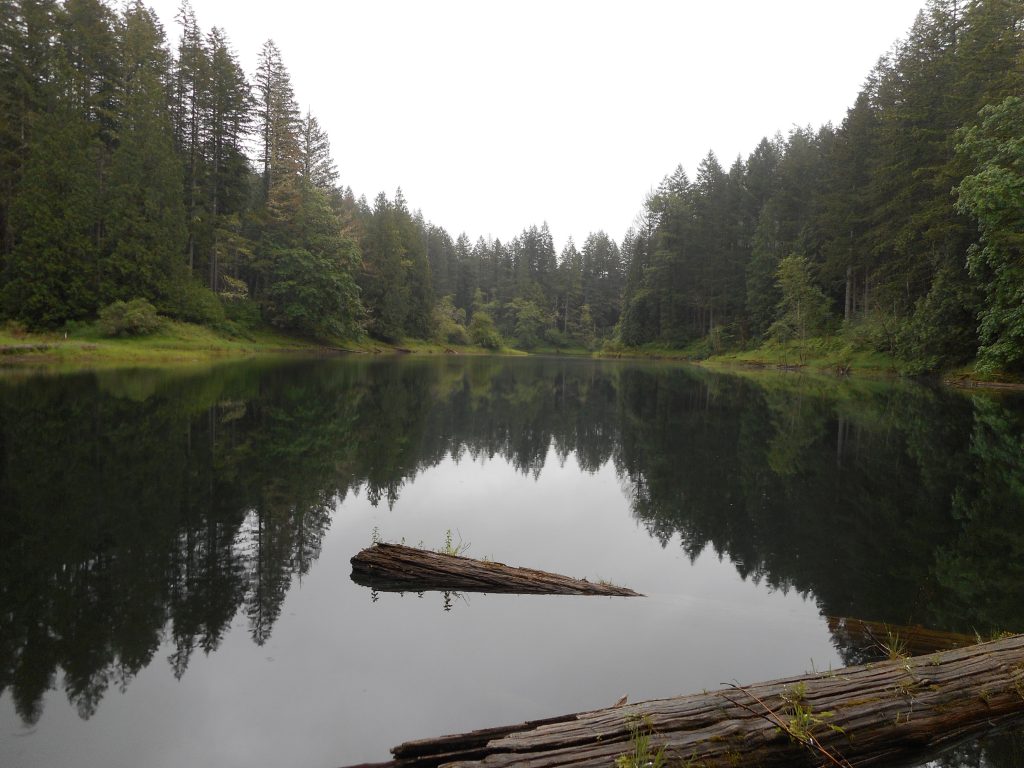
We also visited a beaver habitat, and stood on top of a beaver dam. But don’t worry, we didn’t bother any beavers, this dam is no longer maintained. There are still plenty of beavers around, they just gave up on this particular dam.
And finally, we made a quick stop at a sort of picnic location, clearly designed for workers, since the area is totally closed to the public. Do you want a bunch of idiots like me tooling around the area that sends you your drinking water?
Anyway, the largest lake in that area, by far, is Chester Morse Lake. Derek and I have wondered who the heck Chester Morse was, and here is the answer:
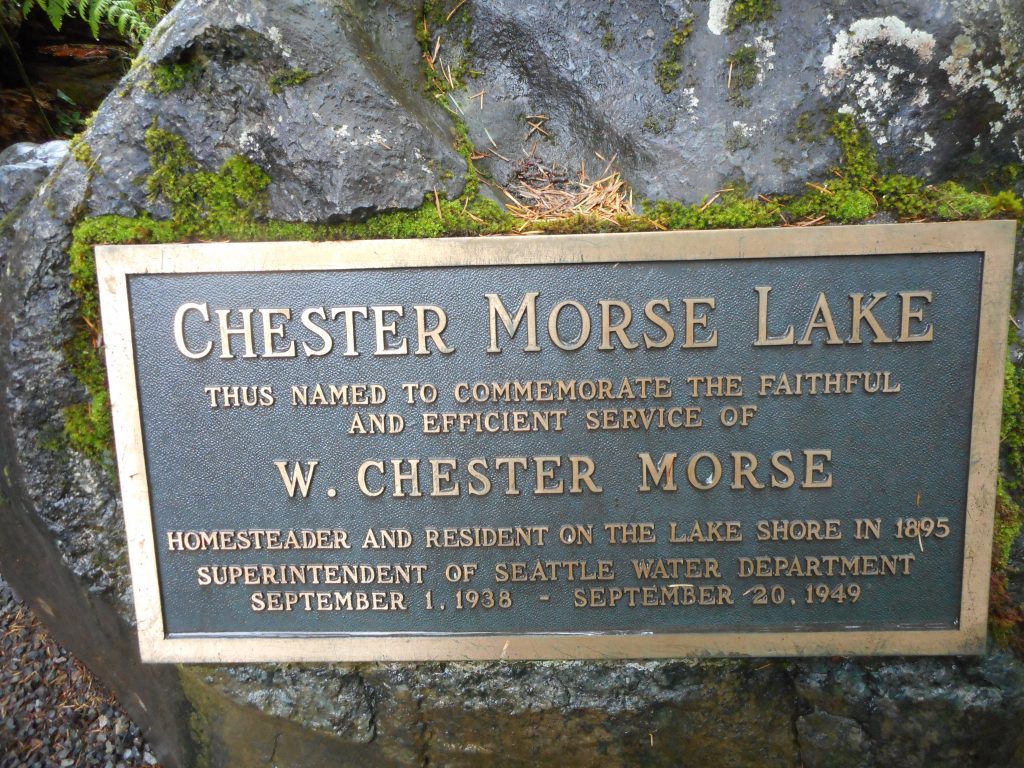
My next CRWEC program is in June, this one focused on Railroad History. The area has a massive railroad history, particularly since those logs had to be hauled out and the railroads did it.
I also have an Old Growth tour in August and the Forest Ecology in September. This place is great but you have to reserve spots in these tours early. They only have a few spots and each one happens once a year.
Tomorrow, weather permitting, I will be on the trail somewhere.
